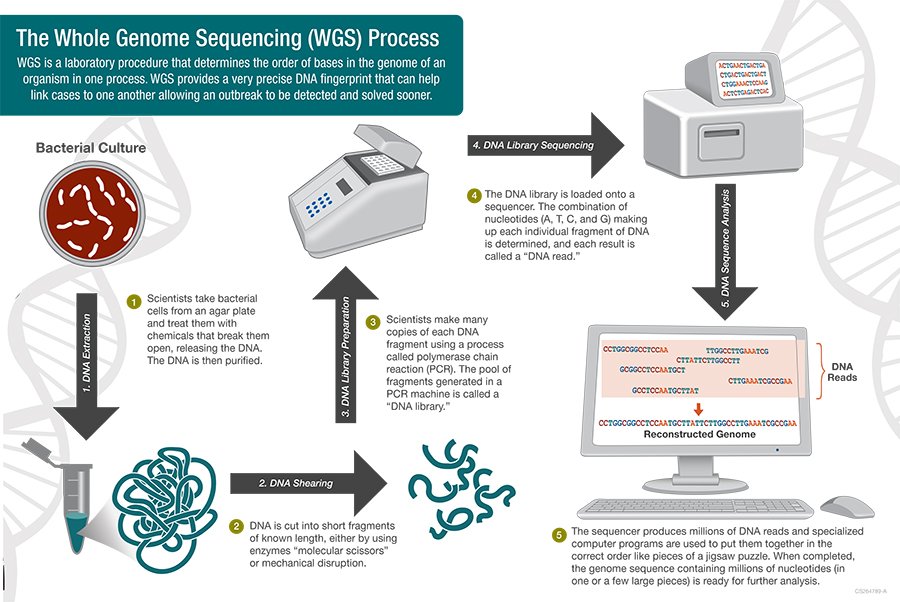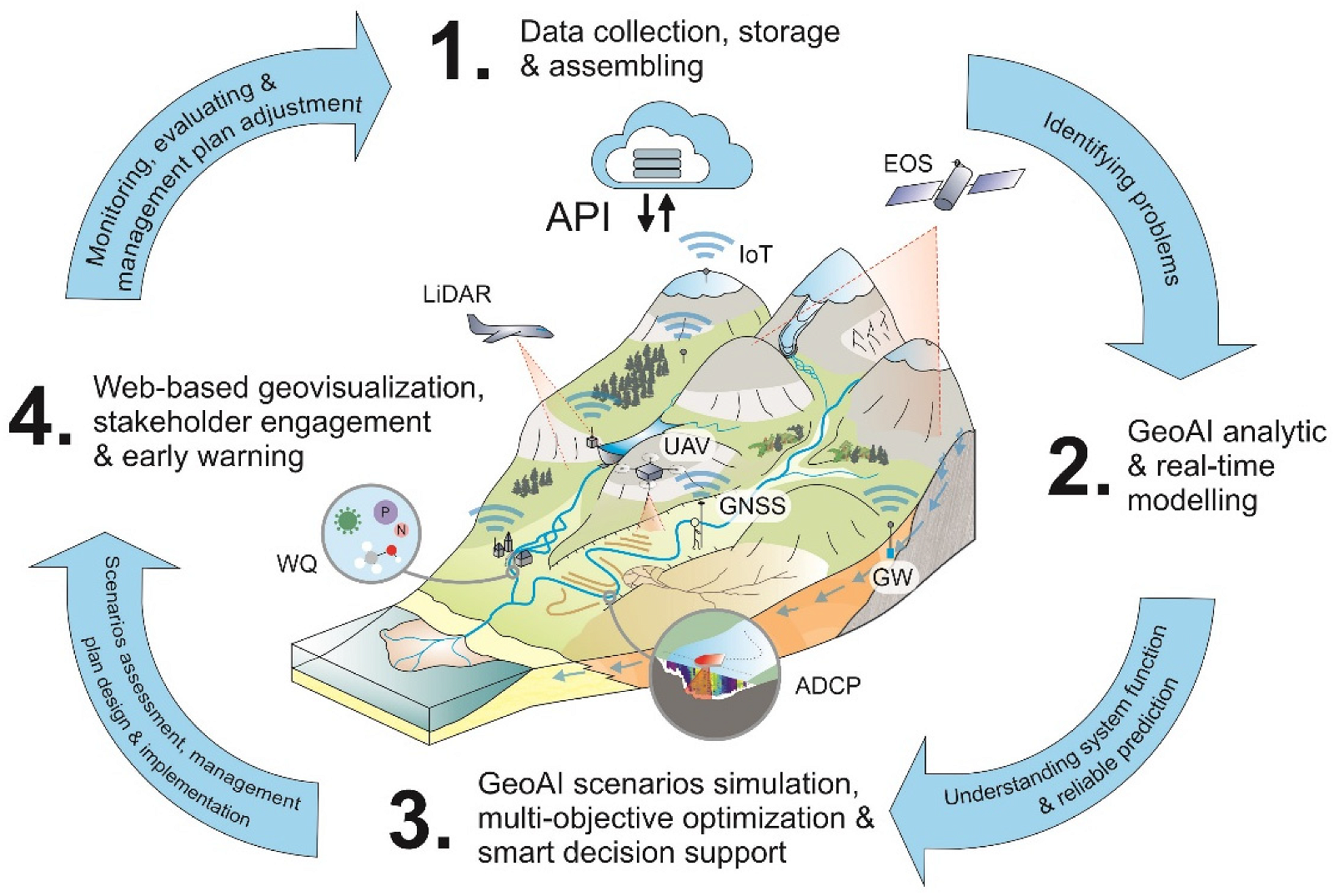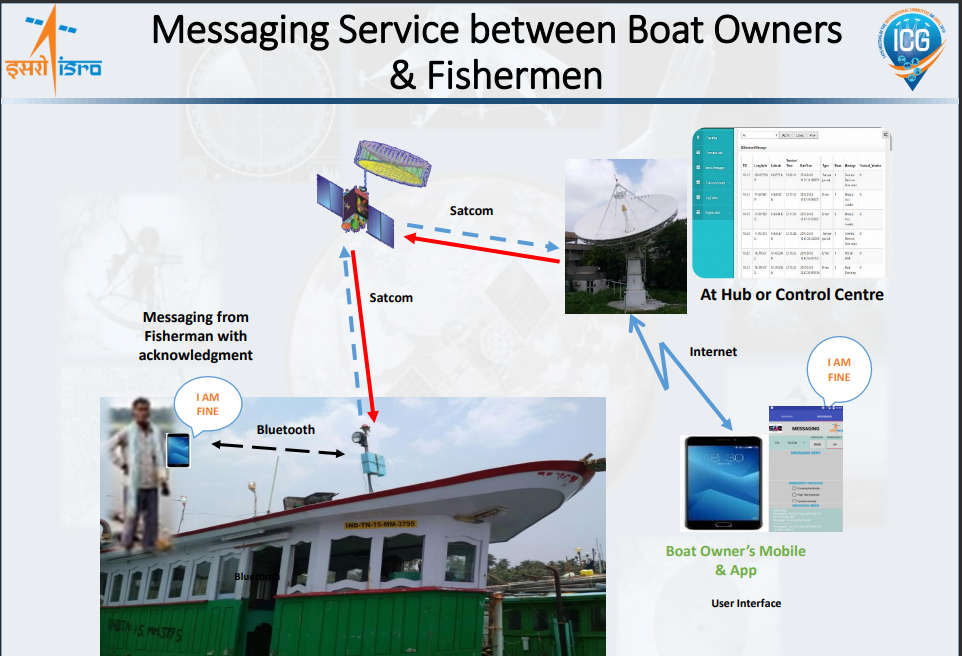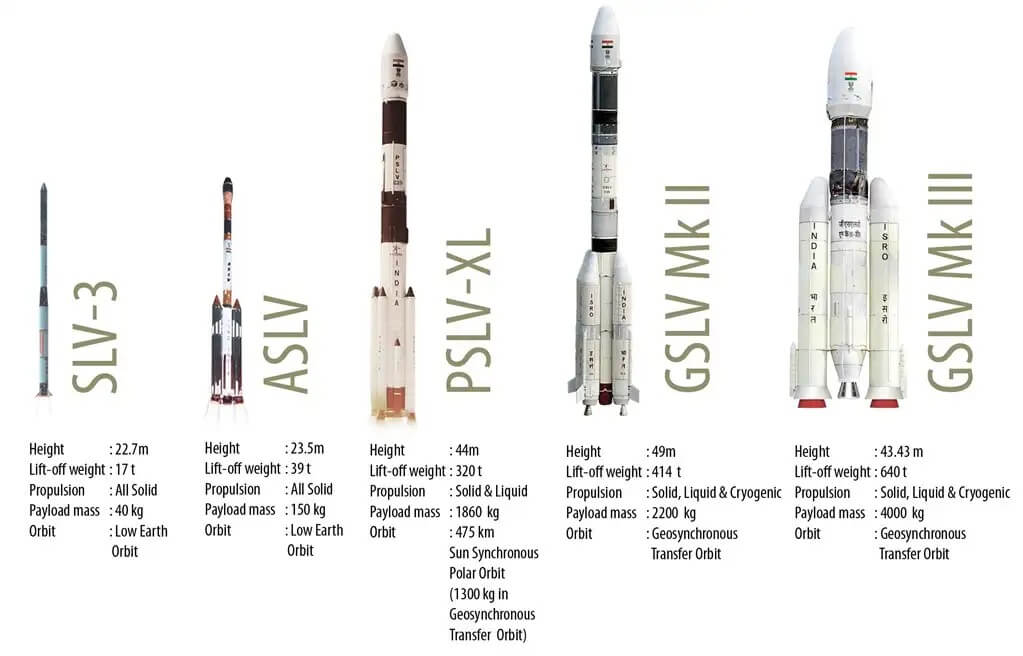
Air Quality Index (AQI), Air Quality Monitoring & National Ambient Air Quality Standards (NAAQS)
Subscribe to Never Miss an Important Update! Assured Discounts on New Products!
Must Join PMF IAS Telegram Channel & PMF IAS History Telegram Channel
Air Quality Monitoring
- Context (PIB): Delhi records its lowest average Air Quality Index (AQI) during July 2023 compared to the corresponding period of the last 04 years from 2019.
National Air Quality Monitoring Programme
- The Central Pollution Control Board (CPCB) has been executing a nationwide ambient air quality monitoring programme known as National Air Quality Monitoring Programme (NAMP).
- NAMP network comprises 800+ operating stations covering 344 cities/towns in 28 states and 6 UTs.
- NAMP is undertaken to determine the status and trends of ambient air quality, ascertain the compliance of NAAQS, identify non-attainment cities, etc.
- Under NAMP, Sulphur Dioxide (SO2), Oxides of Nitrogen (NO2), Respirable Suspended Particulate Matter (PM10) and Fine Particulate Matter (PM2.5) are regularly monitored.
- The monitoring of wind speed and direction, relative humidity and temperature were also integrated with the monitoring of air quality.
National Ambient Air Quality Standards (NAAQS)
- NAAQS are standards for air quality set up by CPCB in 2009.
- The CPCB has been conferred this power by the Air (Prevention & Control of Pollution) Act, 1981.
- NAAQS consists of twelve pollutants.
|
National Ambient Air Quality Standards, as of 2009 |
|||
| Pollutants (12) | Time Weighted
Average |
Concentration in Ambient Air |
|
| Industrial, Residential, Rural & Other Area | Ecologically Sensitive Area (notified by GOI) | ||
| SO2, μg/m3 | Annual | 50 | 20 |
| 24 hours | 80 | 80 | |
| NO2, μg/m3 | Annual | 40 | 30 |
| 24 hours | 80 | 80 | |
| PM10, μg/m3 | Annual | 60 | 60 |
| 24 hours | 100 | 100 | |
| PM2.5, μg/m3 | Annual | 40 | 40 |
| 24 hours | 60 | 60 | |
| O3, μg/m3 | 8 hours | 100 | 100 |
| 1 hour | 180 | 180 | |
| Lead (Pb), μg/m3 | Annual | 0.50 | 0.50 |
| 24 hours | 1 | 1 | |
| CO, mg/m3 | 8 hours | 2 | 2 |
| 1 hour | 4 | 4 | |
| Ammonia (NH3), μg/m3 | Annual | 100 | 100 |
| 24 hours | 400 | 400 | |
| Benzene, μg/m3 | Annual | 5 | 5 |
| Benzopyrene, μg/m3 | Annual | 1 | 1 |
| Arsenic (As), ng/m3 | Annual | 6 | 6 |
| Nickel (Ni), ng/m3 | Annual | 20 | 20 |
Air Quality Index
- AQI was launched in 2014 with an outline ‘One Number – One Color – One Description’ for the common man to judge the air quality within his vicinity.
- It has been developed by Central Pollution Control Board (CPCB).
- AQI is based on eight pollutants, namely:
- Particulate Matter (PM10)
- Particulate Matter (PM2.5)
- Nitrogen Dioxide (NO2)
- Sulphur Dioxide (SO2)
- Carbon Monoxide (CO)
- Ozone (O3)
- Ammonia (NH3)
- Lead (Pb)
- AQI has six categories of air quality.

2021 WHO Air Quality Guidelines (AQGs)
WHO Ambient Air Quality Database
Fifth update (2022)
|





![PMF IAS Environment for UPSC 2022-23 [paperback] PMF IAS [Nov 30, 2021]…](https://pmfias.b-cdn.net/wp-content/uploads/2024/04/pmfiasenvironmentforupsc2022-23paperbackpmfiasnov302021.jpg)











